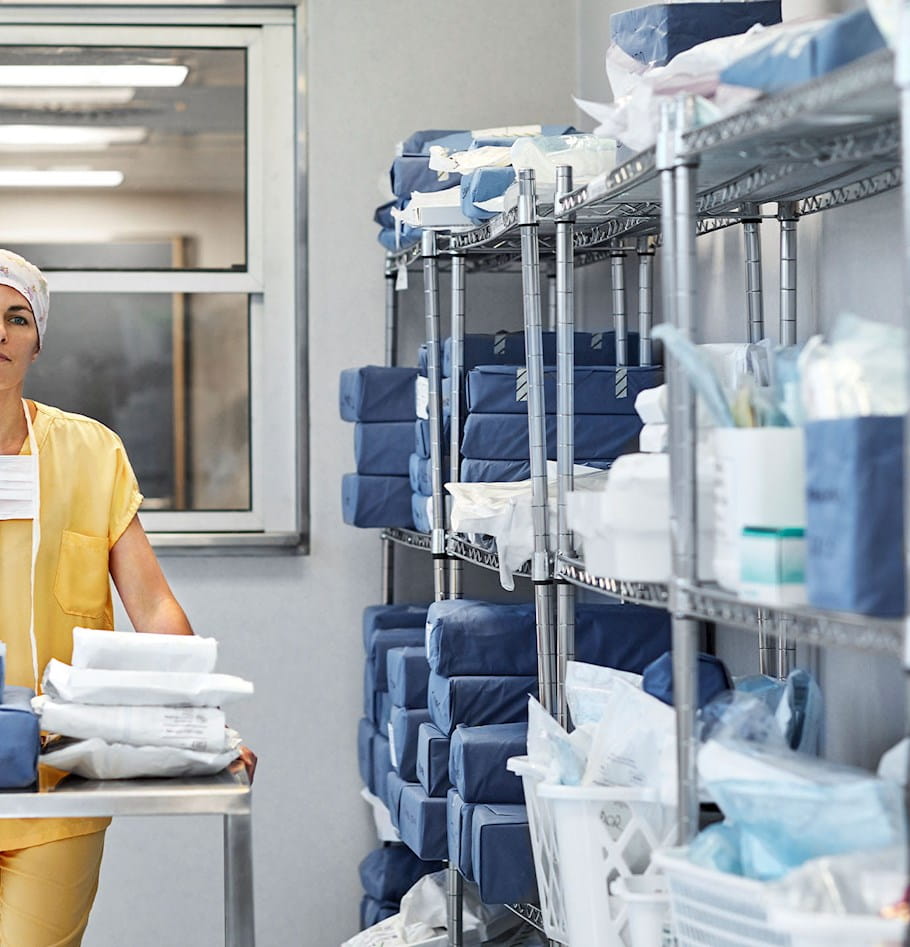Coronavirus and risk profiling: Safer commutes mean safer workplaces
Risk profiling offers a way for organizations to safely get employees back to work while also giving those employees peace of mind in the workplace
As business leaders contemplate reopening their workplaces, much of the conversation has centered on how to keep employees safe from COVID-19 once they’re inside the office.
But what about getting them to the office? While leaders explore installing plexiglass dividers, sticking wayfinding signage on floors, and buying hand sanitizer by the gallon, they should also consider how to protect employees from the immense risks associated with commuting to work, especially by public transportation.
It can be a daunting challenge. Employees get to work by various methods, and employers have no real control of the employee or their environment once they leave the office. But they can manage the risk, ideally without creating any extra anxiety or friction for their employees. The best way to do that is risk profiling—establishing a scale for measuring employee transit risks that encourages awareness and accountability.
Among its many benefits, risk profiling is a compliment to contact tracing—a much-discussed but not quite so widely understood tool—by providing a layer of data around a given employee’s actions and contacts, which can then help inform contact tracing in the event of an infection. When paired with a comprehensive, scalable solution like Work.com, risk profiling can significantly help an organization put its people first.
Public commuting is about to be on the rise
Americans spend an average of nearly 27 minutes traveling to work, according to U.S. Census figures. Slightly more than 5% take public transportation, a proportion that increases to about 30% in some urban areas.
Those are pre-pandemic figures, but transit patterns will likely resume at some point, even if remote work becomes a larger part of the daily routine. And with winter just around the corner, biking and walking will soon become less viable in some parts of the country, meaning those heading to the office will be getting there by automobile or public transit.
The CDC recommends that individuals using any type of transportation practice hand hygiene and social distancing and avoid touching surfaces. Public transit is the riskiest way to get to work because it involves large groups of people in confined spaces, but each mode of transport has different risks and each company has a different set of risks within those modes.
That’s why it’s imperative for companies to assess risk on a per-person basis using risk profiles.
Risk profiling will keep everyone accountable
Risk profiling begins with learning how each employee gets to the office. If a majority are using risky transportation modes, it means leadership might need to lower their planned office-occupancy rate. To implement successful risk profiling, an organization must establish risk scores for each mode (e.g., 1 for driving and 4 for commuter trains). After that, leadership determines the weekly maximum risk score for each employee.
Employees will self-report (via online portals, text messages, or apps) and their daily scores will compile toward their overall weekly maximum. Throughout the week, employers can suggest changes in behavior—driving in or working from home—if employees begin to approach to their caps. For employees regularly exceeding their caps, managers might consider more flexible work arrangements.

Healthy, confident, agile: A guide to reopening offices through the eyes of a healthcare expert
Read MoreIn addition to helping employers reduce overall risk and empowering employees to make more informed decisions, this approach provides flexibility and peace of mind not only to employees and leadership but also to clients and customers.
Why risk profiling improves on contract tracing
If an employee is diagnosed with COVID-19, leadership must efficiently and quickly trace that employee’s interactions in the office. The organization also must have a checklist of follow-up tasks designed to reduce further risk.
But putting risk profiling in place before that event will improve the process by providing actionable data for the contact tracing that follows, allowing for a quick and knowledgeable response. That provides important grounding for contact tracing, which despite its highly touted benefits remains somewhat fleeting in concept and practice for most business leaders.
Smart leaders should pair contact tracing with existing risk profiling to mitigate risk to staff in the office, making the organization proactive rather than simply waiting for a crisis to occur.
Given that millions of Americans rely on public transit—mostly in the busiest US cities—risk profiling is crucial for leaders who want to encourage safe behaviors.
Risk profiling provides peace of mind for employees
Risk profiling is also about building up comfort levels and confidence among employees, many of whom are struggling through one of the most stressful periods in their lives. If they know their employers are showing true agility and adaptability when it comes to COVID-19 risk prevention, feeling safe about getting to and from the office—not to mention working there regularly again—will be significantly smoother.
We may not all be in the same boat, but we are certainly in the same storm. Contributing to a safe, confident work culture and environment with risk profiling is going to help right now and in the long run.
Considered one of the top healthcare experts in the country, Jukka Valkonen has a longstanding reputation for continuously challenging the status quo and testing what’s possible. He led the care delivery transformation work at a large payer network that contributed to four consecutive years of record revenue, and his reporting on Healthcare Effectiveness Data and Information Set received recognition from the NCQA. Prior to joining West Monroe, Jukka was the chief health and innovation officer and co-founder of Jiseki Health, Inc., a venture-backed healthcare company focused on using advanced technology to provide better access and care.

